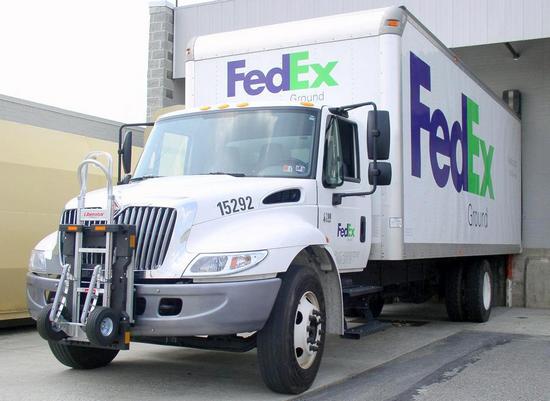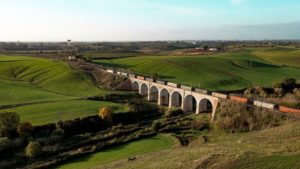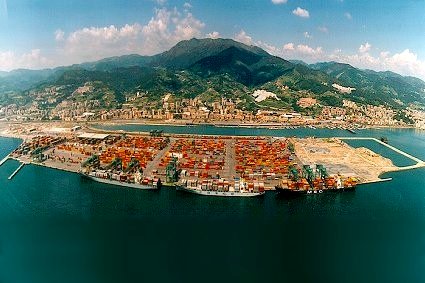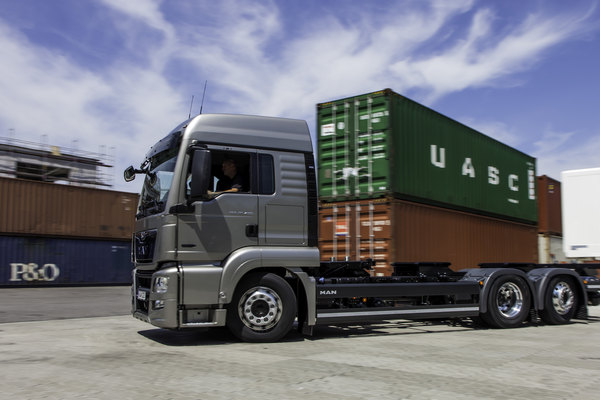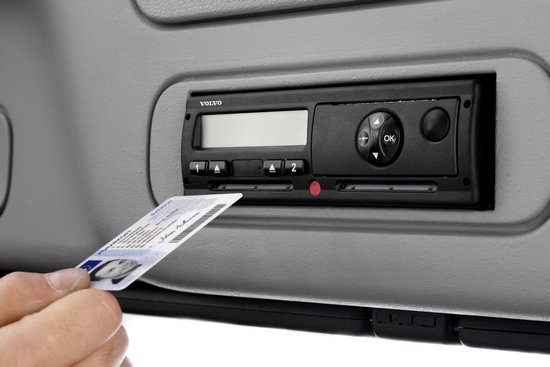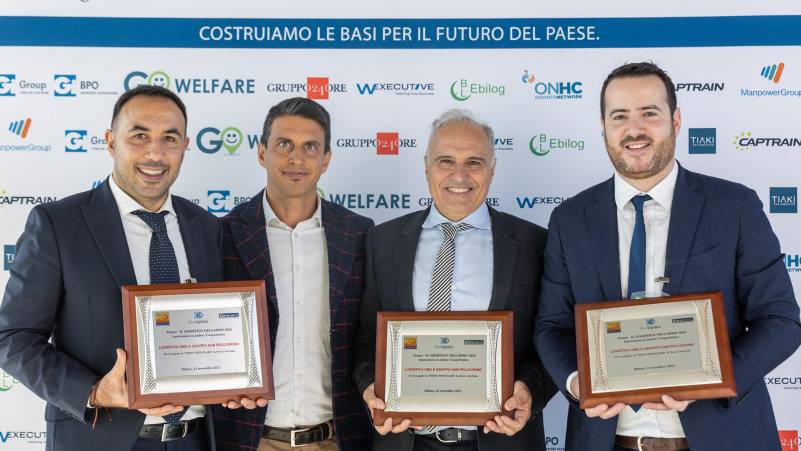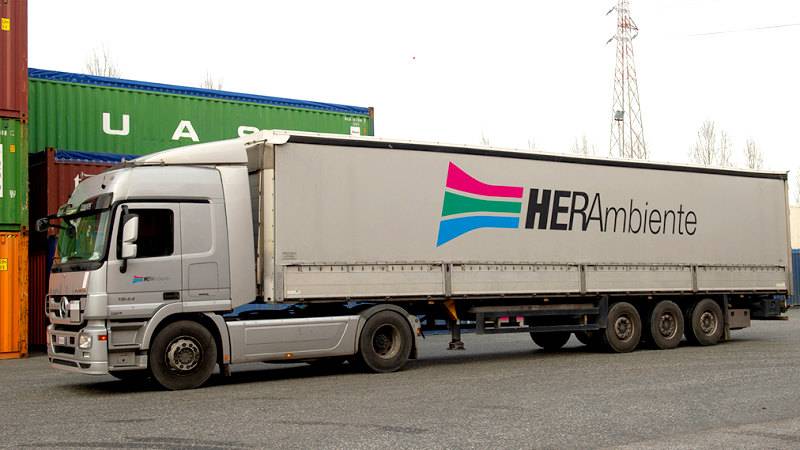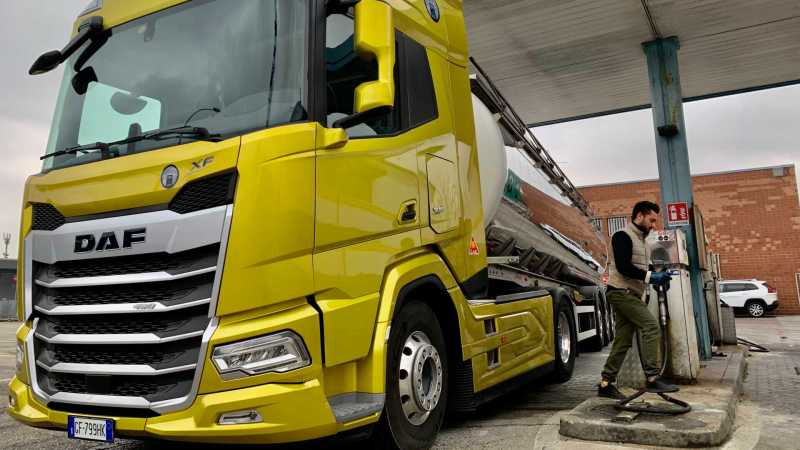Has the rise in competition in European rail freight transport delivered tangible benefits? According to a study by the European Commission, the answer is yes. Analysts have identified three key outcomes of market liberalization. One of the most immediate effects of opening the rail freight market has been a reduction in prices. The study highlights that competition has encouraged new operators to enter the market, forcing existing ones to lower their rates to stay competitive. According to the report, the liberalization of the market in various EU member states has resulted in significant price reductions for rail services, in some cases up to 20%.
For instance, in Germany, rail freight prices have dropped by an average of 15% since 2013, when liberalization gained momentum, making rail transport more accessible for businesses. Similarly, countries such as France and Sweden have reported comparable decreases, with price reductions ranging from 10% to 18%. This trend has made rail freight transport more competitive compared to other modes, such as road transport, enabling companies to reduce their logistics costs.
In addition to price drops, competition has also positively impacted service quality. Rail operators, seeking to attract more customers, have invested in new rolling stock and improved services. A notable example is the enhancement of punctuality: delays, traditionally a weak point in the sector, have significantly decreased on various European routes.
Sweden stands out as a success story, where investments in new rolling stock and infrastructure have led to a 12% improvement in punctuality since 2015. In Italy, the liberalized market has prompted operators to upgrade their fleets: 40% of the rolling stock used in rail freight transport has been replaced in the past five years, resulting in notable improvements in reliability and capacity.
With improved service quality and lower prices, demand for rail freight transport has surged. The report highlights that from 2011 to 2019, demand on some key routes increased by 154%, as seen on the Prague-Ostrava line in the Czech Republic, where the liberalized market attracted a growing number of customers.
In Austria, the Vienna-Salzburg route saw a 25% increase in demand between 2013 and 2016, thanks to the introduction of new operators and a 40% increase in daily frequencies. These results demonstrate how increased competition has made rail freight transport an increasingly attractive option, not only for its efficiency but also for its lower environmental impact compared to other forms of transport.
It should be noted, however, that this research does not reflect the most recent trends, which show a slowdown in rail freight transport due to rising costs and, more critically, infrastructure issues in major countries such as Germany. These problems are causing delays and rerouting, affecting both public and private operators and potentially undermining the advantages identified in the European Commission’s research, at least in the short term.



